Australia arde. Es un fenómeno completamente sano, normal, orgánico. El país alberga una vegetación combustible y especies animales y vegetales adaptadas al fuego. Claro que estas especies no están aclimatadas a un fuego de esta magnitud y esta intensidad. Los incendios a los que se enfrenta Australia actualmente no tienen precedentes. En pocas semanas, cerca de 10,3 millones de hectáreas, una extensión casi equivalente a la del Reino Unido, han sido pasto de las llamas. Han muerto por lo menos 28 personas, así como 1.250 millones de animales. Mientras que cada vez más gente en Australia condena la gestión de esta crisis sin precedentes por parte de la coalición conservadora del primer ministro Scott Morrison y reclama medidas urgentes en defensa del clima, el gobierno, por su parte, esconde la cabeza.
Los dirigentes conservadores, seguidos de cerca por Rupert Murdoch, accionista mayoritario del imperio mediático News Corporation, se esfuerzan por minimizar el vínculo entre el cambio climático y las condiciones medioambientales extremas del país -continente a golpe de desinformación. Su argumento: los incendios en Australia no representan una “crisis climática”, sino una “crisis de incendios criminales”. En realidad, alrededor del 1 % de las tierras calcinadas en Nueva Gales del Sur se han atribuido oficialmente a incendios provocados.
“Nadie quiso escucharnos”
Australia arde y miramos para otro lado. Estos incendios han borrado del mapa bosques enteros y, junto con ellos, la memoria cultural de las comunidades autóctonas. Para numerosos líderes aborígenes, la crisis actual brinda la ocasión de fundar un nuevo paradigma, en el que la cultura autóctona y los saberes adquiridos por las poblaciones indígenas sobre el medioambiente, que habían venido cuidando desde hacía milenios, deben desempeñar un papel central en la futura gestión de las tierras.
Miembro de los bundjalungs, guardianes originarios de la región costera septentrional de Nueva Gales del Sur, Oliver Costello lanza, no sin amargura: “Hace nada que repetimos a la gente que los grandes incendios estaban por venir. Nadie quiso escucharnos.” Las poblaciones aborígenes, primeros seres humanos conocidos que poblaron la parte continental de Australia, han aprendido a gestionar y rebajar los riesgos de megaincendios gracias a un conocimiento concreto de los ecosistemas locales y a quemas planificadas y cuidadosamente controladas.
“Antes de la colonización, las tribus seguían la ley de la tierra gestionando las relaciones de las plantas y los animales locales, que tienen su propia identidad y sus propios comportamientos ante el fuego. Cuando quemas de la buena manera, obtienes buenos animales, buenas plantas y buenas personas en los buenos lugares. Cuando quemas de mala manera, perturbas estas relaciones”, expone Oliver Costello, dirigente de Firesticks, una organización que se propone asegurar la conservación de las prácticas autóctonas de gestión de los incendios y de las tierras.
Un ecocidio perpetrado desde la colonización
Australia fue colonizada por Gran Bretaña en 1788. Los colonos cometieron un genocidio, un etnocidio y un ecocidio en este territorio –ocupado desde hacía más de 40.000 años por los pueblos australes–, provocando así la pérdida de los sistemas de conocimientos tradicionales, basados en varios miles de generaciones de observación de la naturaleza.
Como relata el escritor Bruce Pascoe –de ascendencia indígena, cornuallesa y colonial– en su obra Dark Emu, los colonos se sorprendieron, al descubrir el nuevo continente, ante la fisionomía del paisaje, que compararon entonces con un “parque inglés”, un “parque señorial”, un “parque francés” o un “inmenso parque”. Escaseaban los bosques impenetrables y el espacio estaba aireado, estructurado en una alternancia de praderas, florestas y bosques desprovistos de maleza. Asimismo les asombró la destreza con la que las comunidades aborígenes utilizaban el fuego para mantener el paisaje.
Armados con sus antorchas y un sólido conocimiento de las condiciones climáticas, del régimen de vientos y de la biología de las plantas, los y las aborígenes practicaban las quemas planeadas según un calendario coordinado entre las tribus y organizadas en vastas cuadrículas. La clave de esta práctica radica en un conocimiento y una comprensión profunda del paisaje, su vegetación, las especies animales que lo pueblan, la topografía y el clima.
Las quemas permiten controlar el crecimiento de los arbustos, alimentar con cenizas los vegetales de los que se alimentan, organizar el paisaje a su gusto y despertar los granos de su letargo. Es el caso de las flores silvestres banksia, que necesitan el estímulo del fuego para abrirse. “La quema cultural consiste en aplicar un fuego determinado a determinado territorio. El fuego es beneficioso para el terreno cuando se lo contempla de manera holística”, explica Oliver Costello. Por ejemplo, las hojas, las hierbas secas y las ramas que tocan el suelo en las zonas en que pueden declararse incendios de la maleza pueden quemarse de forma controlada con el fin de reducir su combustibilidad potencial.
Técnicas occidentales menos eficaces
La desestructuración de las antiguas prácticas de gestión ha hecho que la vegetación resulte más inflamable y las poblaciones más vulnerables. Ya en 1990, el investigador Phil Cheney, miembro del Commonwealth Scientific and Industrial Research Organisation, publicó un artículo científico sobre la gestión actual de los incendios forestales en Australia: “Dado que los bosques que no eran mantenidos por los servicios forestales están siendo gestionados por los departamentos de parques y jardines, que tienen poca experiencia en la gestión del fuego, existe la posibilidad de que veamos en el futuro grandes incendios más frecuentes y probablemente más destructivos. El público, en sentido amplio, se ve privado de competencias de gestión del fuego que se han adquirido con esmero y esfuerzo desde hace más de cien años.”
En el sistema político federal australiano, la gestión de los incendios es responsabilidad de cada Estado y territorio. Si las brigadas de protección contra incendios están bien organizadas y son eficaces en determinadas regiones muy pobladas, no son tan competentes en las regiones con poblaciones dispersas de las zonas áridas y subtropicales del norte de Australia. Contrariamente a las técnicas occidentales, la quema cultural parte de un enfoque holístico sincronizado con las estaciones, los periodos de gestación de los animales y las épocas de siembra y plantación. A esto, los occidentales lo llaman ecosistema; los aborígenes utilizan la palabra parentesco. Se trata de un sistema complejo que determina la manera en que los seres vivos interactúan entre ellos y sus funciones, responsabilidades y obligaciones de unos con otros y con la tierra.
El respeto de las estaciones es otro elemento fundamental. Con la colonización se impuso el calendario gregoriano y la división del año en cuatro estaciones. Sin embargo, las nociones europeas de verano, otoño, primavera e invierno son totalmente inadecuadas para clasificar las estaciones australianas, que están muy diversificadas. Por ejemplo, en la tierra de la tribu wardaman, al oeste de la ciudad de Katherine, en el Territorio del Norte, actualmente estamos en yijilg, un final de verano marcado por fuertes precipitaciones. Determinados territorios conocen seis estaciones diferentes al año, otros más y otros menos.
“Los occidentales se basan en las fechas y en el estado del combustible para saber cuándo quemar. No utilizan los valores, el parentesco, las leyes culturales que rigen en el territorio y acaban aplicando muy a menudo el tipo de fuego inadecuado”, deplora Oliver Costello. “Muchas veces, los fuegos son demasiado calientes y destruyen y queman el dosel arbóreo. De este modo, el suelo queda al descubierto, expuesto a la luz del sol. Esto acelera la regeneración de los arbustos, que desplazan las hierbas, gramíneas, helechos y otras especies terrestres y permiten crecer más materia combustible.” Es un círculo vicioso.
Estos regímenes de fuegos alteran asimismo la estructura del suelo, la humedad, la luz y la abundancia de los bosques. “Quemar de la manera inadecuada comporta más riesgos y altera e equilibrio entre las especies. Así, hoy nos encontramos con especies, recursos alimentarios y tótems culturales amenazados”, añade Oliver Costello. Este experto en gestión de incendios lucha desde hace años para que se apliquen los sistemas de conocimiento de los pueblos aborígenes a las preocupaciones contemporáneas en materia de gestión de incendios a que nos enfrentamos, desde California hasta Sidney. Desde diciembre de 2019, la red nacional Firesticks recibe muchas llamadas de bomberos, responsables políticos y periodistas.
Este aumento del interés por la gestión del fuego por parte de los pueblos indígenas es una señal implícita de que muchas gentes australianas reconocen el valor de lo que está a punto de perderse. “Necesitamos un diálogo internacional con las poblaciones autóctonas en una perspectiva occidental. Si no comprendéis vuestra responsabilidad para con vuestro país y vuestra comunidad, la tierra se pone enferma. Es inevitable.”
Fuente de la Información: https://vientosur.info/spip.php?article15549https://www.nodal.am/2020/01/colombia-27-lideres-asesinados-en-un-mes-segun-el-instituto-de-estudios-para-el-desarrollo-y-la-paz/

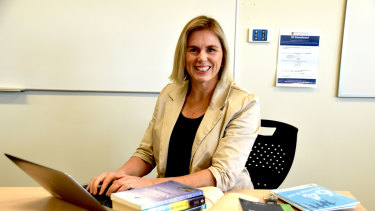
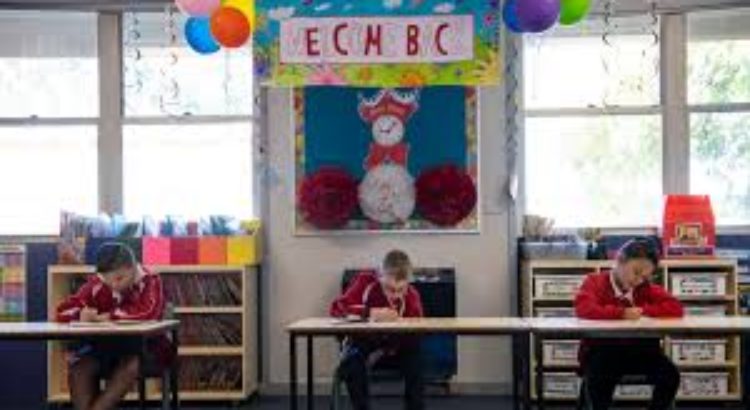
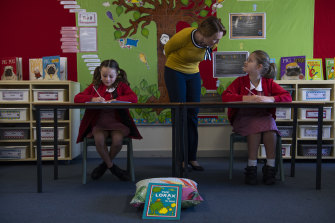
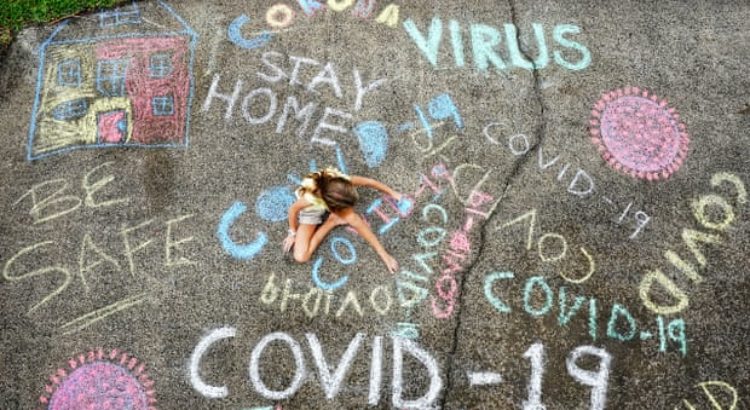
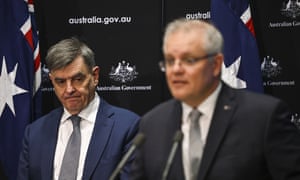



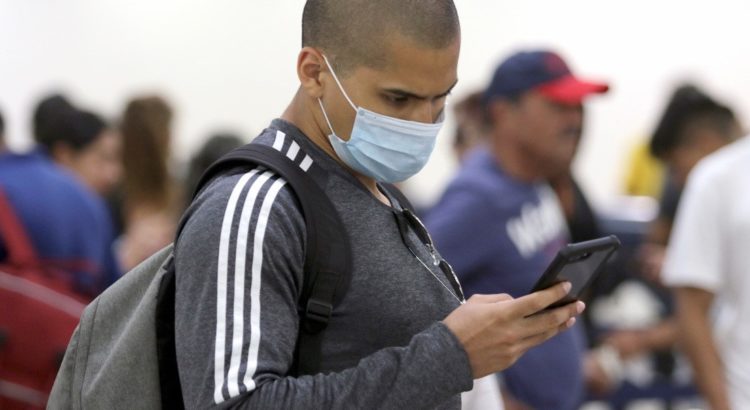







 Users Today : 2
Users Today : 2 Total Users : 35460355
Total Users : 35460355 Views Today : 4
Views Today : 4 Total views : 3419104
Total views : 3419104